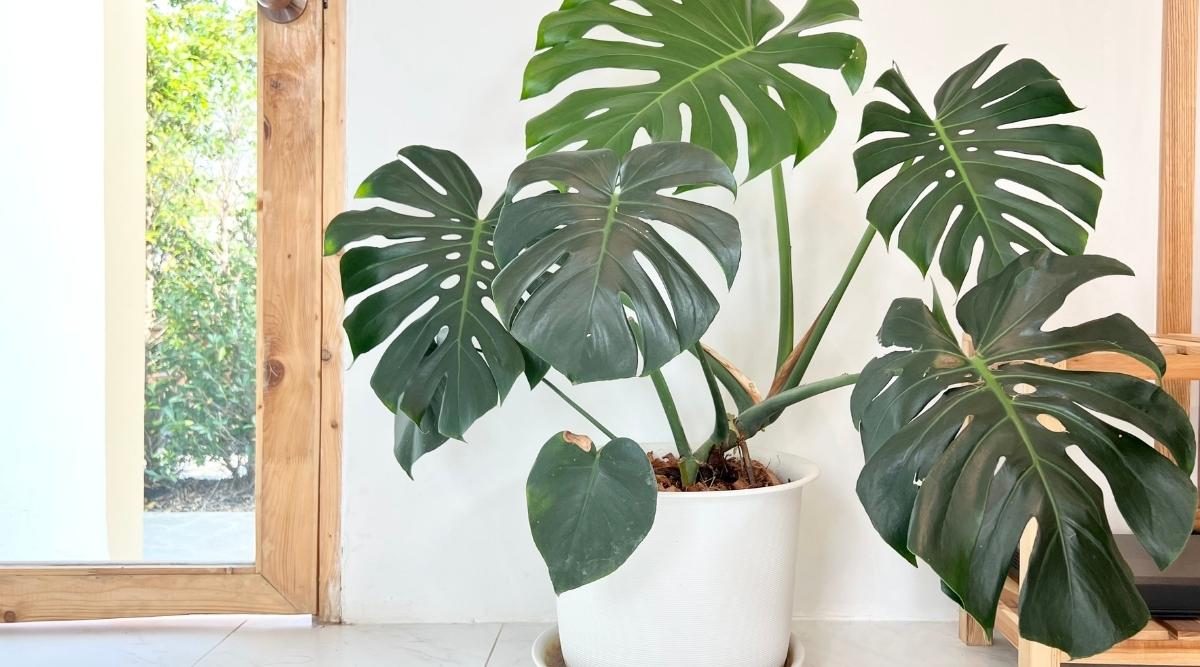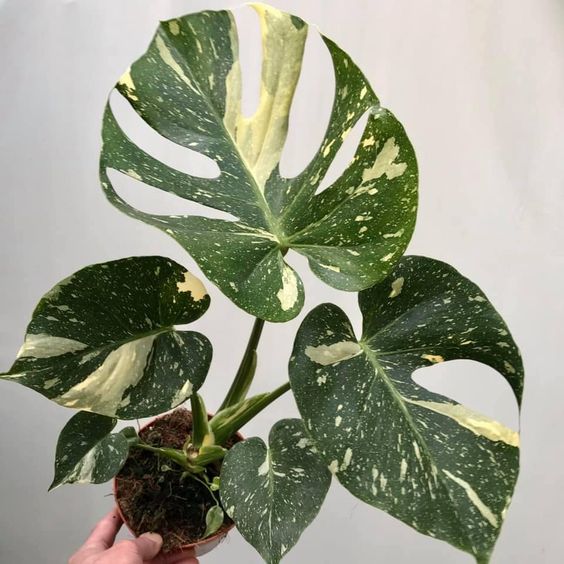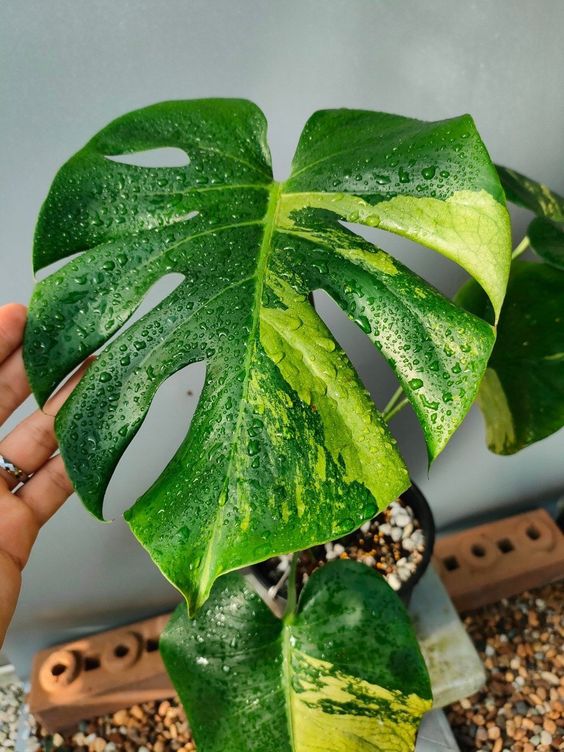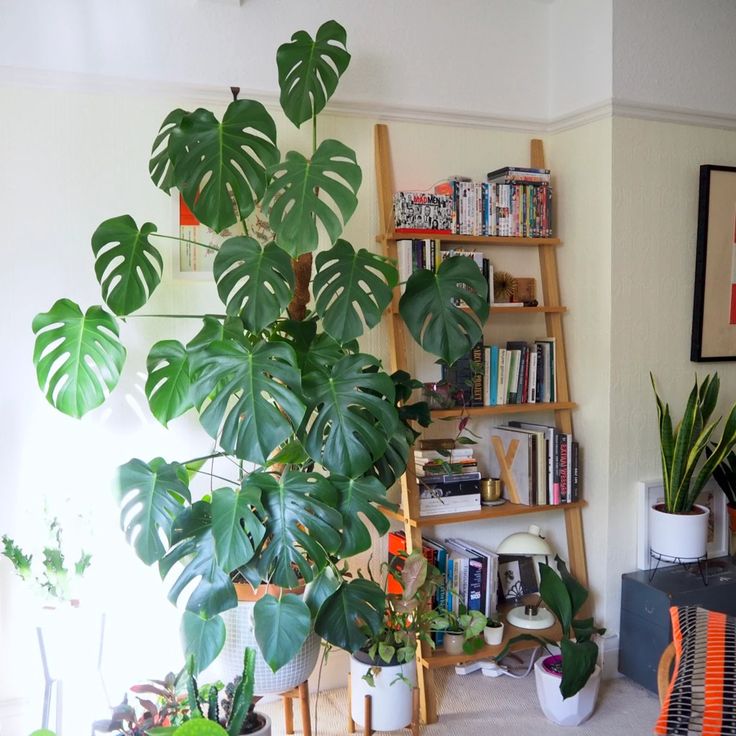When it comes to making a botanical statement about living on your own terms, few plants offer as much drama and personality as Monstera deliciosa and its relatives. These exotic tropics look challenging, but learning how to grow and care for Monstera is an easy, satisfying task. Whether monsteras are on your wish list or already in your home, here’s everything you need to know to succeed:

MEET YOUR MONSTERA
You may not think of your Monstera as a vine, but it is. These beauties are native to the tropical rainforests of Central America,1 where they soar from the jungle floor to great heights. Most common Monsteras look similar, but narrowing down your type is part of the fun:

Monstera deliciosa, also known as Swiss cheese plant, is the most popular monstera on the market. When mature — and given adequate light — their massive, heart-shaped leaves develop large holes along the main vein and large clefts along the outer edge.1

Monstera adansonii, also known as monkey mask, is less common. Its arrow-shaped leaves do not split at the outer edge. Instead, the holes remain within the leaf margins.Monstera obliqua is a rare plant that is rarely offered for sale – although mislabeled plants are common. Very similar in appearance to Monstera adansonii, it has narrower, thinner leaves and a greater percentage of leaf holes.

All Monstera belong to the Araceae botanical family, which is poisonous to pets if eaten.2 If you have pets, teach them to avoid houseplants and never eat plant parts. If your pet eats Monstera leaves or stems, contact your veterinarian immediately.